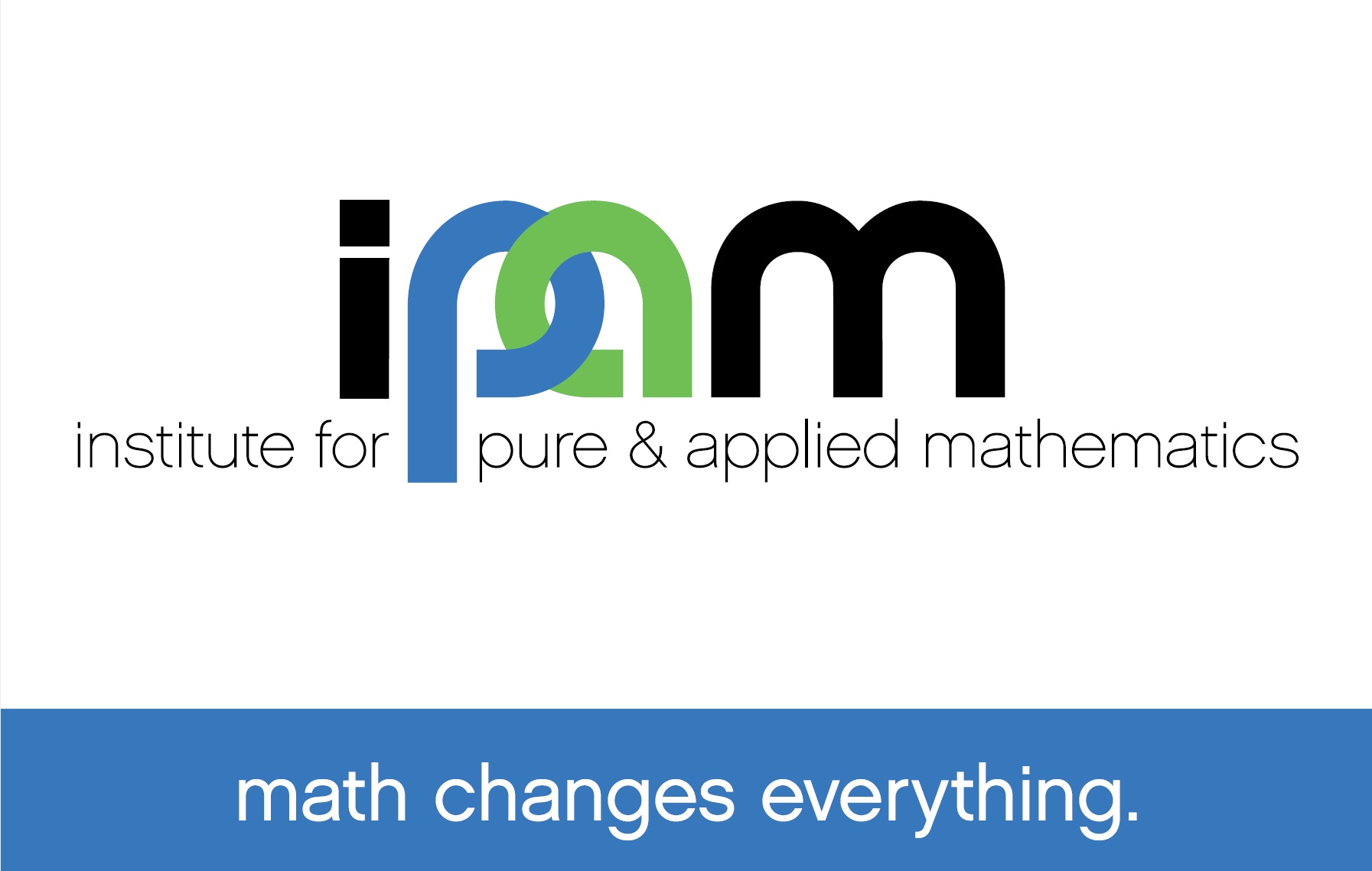Abstract
Rebecca Willett - University of Chicago
Traditional inverse problem solvers in imaging minimize a cost function consisting of a data-fit term, which measures how well an image matches the observations, and a regularizer, which reflects prior knowledge and promotes images with desirable properties like smoothness. Recent advances in machine learning and image processing have illustrated that it is often possible to learn a regularizer from training data that can outperform more traditional regularizers. In this talk, I will describe various classes of approaches to learned regularization, ranging from generative models to unrolled optimization perspectives, and explore their relative merits and tradeoffs.
